by Scott Indrisek
For the third year running, the art-and-design studio and foundry UAP has compiled a list of the most compelling public artworks and initiatives around the globe. (UAP has itself helped make possible many impactful projects recently, from Ai Weiwei’s “Arch: Good Fences Make Good Neighbors” to a Zaha Hadid–designed hotel in China.) With the help of international curators, UAP has highlighted 12 public works that captured the world’s imagination in 2018. We present their selections here, with exclusive commentary on each project from the curators who nominated the projects in question.
“This site-specific installation commissioned for the Ng Teng Fong Roof Garden at the National Gallery of Singapore references both the city’s regional-specificity and status as an international hub,” says Alexie Glass-Kantor, executive director of Sydney’s Artspace. “Situated in central Singapore and framing the urban skyline, Rirkrit Tiravanija’s large-scale bamboo structure acts as a porous, labyrinthine border between its public surrounds and the intimate rituals of a Japanese teahouse nestled in its centre. Utilized as a space for both private and collaborative encounters, Tiravanija draws on regional architecture, ritual, and tradition to craft a space that thoughtfully exemplifies the subtle intricacies of globalized, socially engaged art practice today. What the artist describes as ‘the infinite dimensions of smallness’ has a vast poetic and reflective quality that draws the audience into an enigmatic entanglement of space and place elegantly dislodged from the everyday.”
“The proverb and curse ‘may you live in interesting times’ comes to head-on fruition in Callum Morton’s sculpture, commissioned by Sydney Contemporary for the Barangaroo Precinct,” Glass-Kantor says. “In reference to the social, cultural, and political traumas plaguing the Trump era, Morton highlights the ripple effects of the U.S. president’s unnerving presence and constructs a topical, politically charged public art installation. Passersby literally stop in their tracks as they encounter the unmistakably tangerine features of the president rising from the pavement, grafted into a Frankenstein mix of theme-park homage and minor architecture. Morton is a deft hand at dark humour and this work plays with form and dysfunction—the front is a bravura of portraiture, whilst the reverse is a hollowed-out shelter (of sorts), offering very little reprieve from the current maelstrom of global politics. Ultimately what lies within is anyone’s guess.”
“Korean-born artist Do Ho Suh’s Bridging Home is a deeply clever artwork,” says curator Alison Kubler. “It so aptly describes the tension between public and private space in the sense that it is at once both: a home on a public thoroughfare. Installed on a pedestrian bridge in London’s heart, Bridging Home—a replica of a traditional Korean home—forms part of Sculpture in the City, and Art Night, an annual initiative that commissions site-specific artworks across the city. It is incongruous and charming and so perfectly illustrates the nuance of what defines ‘home’ as seen from the perspective of an immigrant, which, in light of the larger issues surrounding the worldwide refugee crisis, is even more timely.”
“New York Public Art Fund’s brilliant Erwin Wurm Hot Dog Bus is undoubtedly one of the best artworks of the year,” said Kubler. “An excoriating comment on gluttony and greed, it is at once also a moment of unbridled joy. The work is so uniquely Wurm; I love the idea that the viewer is both a willing and guilty participant in the act of consumption. And yet, too, Hot Dog Bus is a deeply democratic artwork; it is imbued with grave and serious meanings at the same time that it invites one to share a moment with others, and ‘enjoy’ the moment. It perfectly embodies the notion of what public art should and could be: inclusive.”
“I truly love the work of Berlin-based American artist Dorothy Iannone, but it’s rarely shown in New York City,” says Emma Enderby, senior curator of The Shed in New York. “And when it is, it’s never public art. This always seemed odd to me, given that—as Robert Filou stated—‘her aim is no less than human liberation.’ That’s partly what makes Iannone’s mural, commissioned by the High Line, so exciting. It feels undeniably fresh, courageous, responsive. It features three renditions of the Statue of Liberty and the last line of Emma Lazarus’s 1883 poem ‘The New Colossus,’ which states: ‘I lift my lamp beside the golden door.’ This ode to the famed statue becomes a simple reminder of the country’s history as a welcoming place for those that needed a new home, and the reality of the state of immigration today.”
“The 10th rendition of the Liverpool Biennial was one of the best thus far,” says Enderby. “I’ve selected the biennial as it’s a city-wide exhibition, with all artworks free and open to the public. It’s interesting to think about how biennials can be public art, acting as essential ways people can access art for free. In this year’s Liverpool Biennial, scattered throughout public spaces in the city, there were more than 40 artists from 22 countries—many of those countries in political turmoil. The exhibition reflected on contemporary crises, but also imagined a better world. For me, highlights included Abbas Akhavan’s monumental soil work, which referenced ancient sculptures destroyed by ISIS; Agnès Varda, one of the only female filmmakers to emerge from the French New Wave movement; and Mohamed Bourouissa, whose two films in the biennial are wedded to his community-based practice.”
“Internationally renowned Danish-Icelandic artist Olafur Eliasson has completed his first architectural project, a sculptural headquarters in the Vejle Fjord in Denmark,” say Smith and Dane. “The building was commissioned by Kirk Kapital, the holding and investment company for three brothers who are direct descendants of the founder of Lego. It is the first building entirely designed by Studio Olafur Eliasson.
“The design of the building casts nature as a hero through consideration of natural light, the weather, the seasons, and the Vejle Fjord itself, with the building sited on the water within the renowned geological formation.
“Not only is this work considered, thoughtful, and striking by design, it is a powerful testament to the skill of the creative and evidence of the current breaking-down of perceived barriers and definitions within the creative industries—simply put, the categorisation of mediums and practices continues to blur and produce compelling outcomes.”



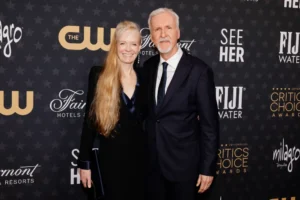


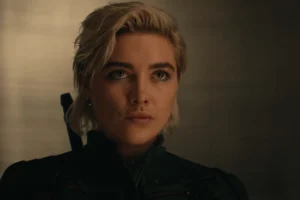

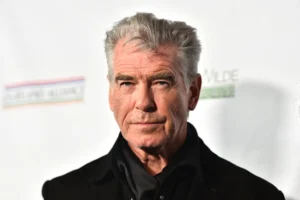

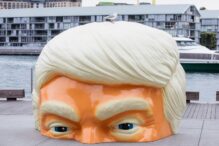




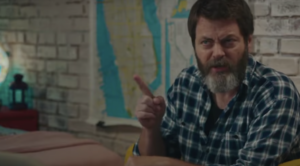
+ There are no comments
Add yours